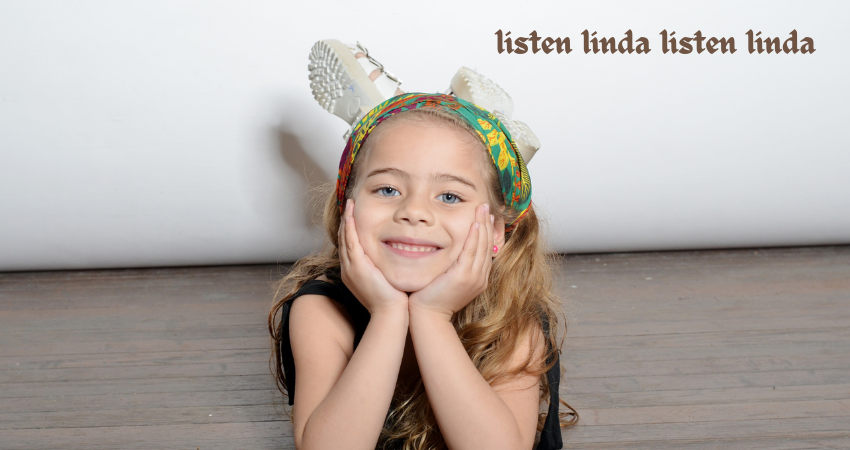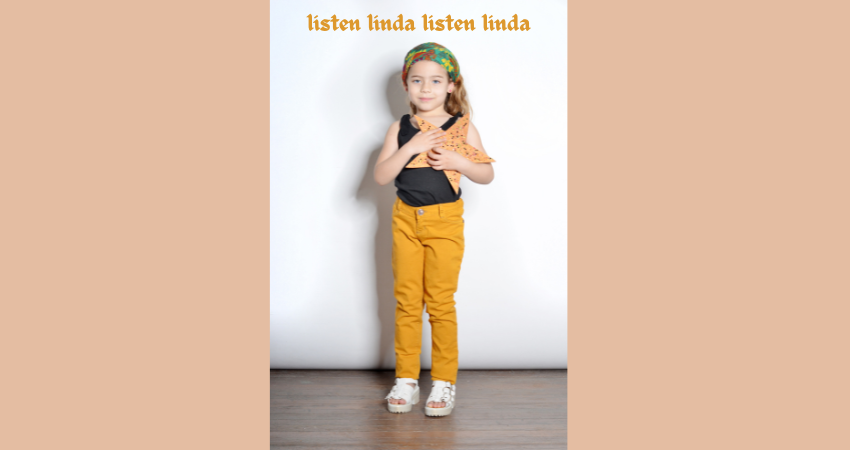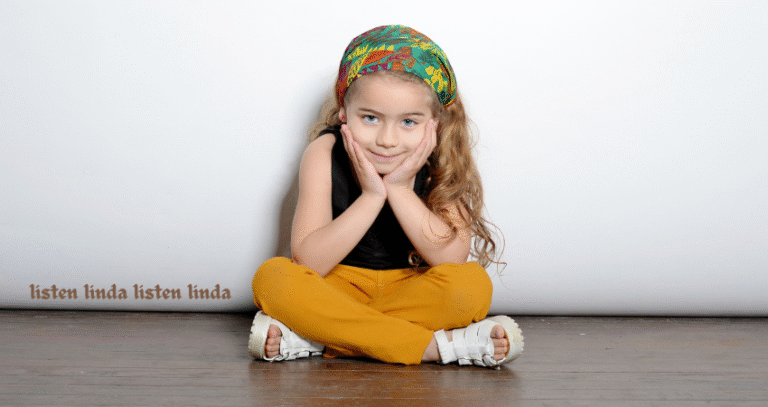We all remember that iconic video — a tiny tot, hands waving passionately, eyes locked in determined negotiation, saying: “listen linda listen linda, honey!”. If you’ve ever found yourself repeating that phrase with a chuckle, you’re not alone. It wasn’t just a viral video — it became a global moment. But what made “Listen Linda” such a cultural phenomenon? Let’s dig into the origins, the meaning, and why it still echoes across the internet.
The Origin of the Phrase
It all started with a home video posted in 2014. A little boy named Mateo was trying to negotiate with his mom about eating cupcakes before dinner. Instead of the usual toddler tantrum, Mateo delivered a logical, heartfelt argument — and kept calling his mom “Linda,” even though her name is actually not Linda. Hilariously, he mimicked adult language with phrases like “Listen, Linda, listen!”, creating comedic gold.
Why “Listen Linda” Went Viral
The reason this clip exploded is simple: everyone could relate. Kids copying adults? Funny. A child making a strong case like a mini-lawyer? Even better. The internet thrives on authenticity, and Mateo’s raw, unscripted sassiness felt incredibly real and adorable.
The Psychology Behind the Phrase
Why do we find it so entertaining when children act like adults? It’s that cognitive dissonance — hearing adult tone and reasoning from a child is both impressive and hilarious. It shows signs of early emotional intelligence. Mateo wasn’t just throwing a tantrum — he was making his point.
Social Media Explosion
From YouTube to TikTok, the video was reposted, remixed, and shared millions of times. “Listen Linda” memes flooded Instagram. TikTok users lip-synced the audio, turning it into a global trend. Even reaction videos became a thing, adding layers to the original content.

Pop Culture References
Late-night hosts, stand-up comedians, and even cartoons referenced “Listen Lnda.” It appeared in various comedy sketches, often exaggerating the situation for more laughs. The phrase became a cultural shorthand for trying to explain something while feeling unheard — a truly relatable moment.
Marketing and Merchandising
Soon enough, the phrase wasn’t just for laughs — it was on t-shirts, mugs, notebooks, and even baby onesies. Businesses caught on fast. The phrase became marketable, and a mini-industry sprouted from one viral moment.
Lessons from “Listen Lnda” for Content Creators
What can creators learn from this moment? Authenticity wins. Real moments, especially involving kids or raw emotion, can resonate deeply. Add a touch of humor, and you have a viral recipe. Plus, short, catchy catchphrases make content more shareable.
The Child Star: Mateo’s Rise
Mateo, the lovable negotiator, appeared on talk shows and morning news segments. He was charming, composed, and still full of that unfiltered energy. His family remained grounded, treating the fame as a fleeting but fun phase.
The Role of Parenting in the Video
Mateo’s mom, instead of yelling or scolding, let him speak. That parenting style allowed a viral moment to unfold naturally. It highlights a key parenting lesson: let kids express themselves, even when they’re negotiating for cupcakes.
The Impact on Internet Culture
This wasn’t just a funny video — it influenced meme culture and the “talking kid” trend. Many parents started recording similar clips of their kids doing “adult” things. It also kicked off the “mini adult” niche in content creation.
Why We Love Kids Talking Like Adults
It’s the combo of innocence and sophistication. Kids like Mateo sound like tiny CEOs, yet they don’t fully grasp what they’re saying — and that’s what makes it heart-melting. It’s as if you’re watching a little mind trying to master the world.
Is “Listen Linda” Still Relevant?
Absolutely! The phrase still pops up in memes and GIFs. It’s used in arguments, debates, and even customer service jokes. It’s a meme with staying power, thanks to its universal relatability.
Criticism and Concerns
But not everyone loved the virality. Some raised concerns about child privacy and whether children should be thrust into internet fame. Others questioned if it was ethical to monetize a child’s moment of frustration, even if it was funny.
Final Thoughts
“Listen linda listen linda” wasn’t just a viral video. It was a lesson in communication, parenting, meme culture, and the power of authenticity. It showed us that even toddlers have opinions — and sometimes, they just want to be heard. So the next time someone starts with “Listen Lnda,” take a moment to actually listen.
FAQs
1. Who is the kid in “Listen Linda”?
His name is Mateo, a young boy who gained viral fame in 2014 for trying to persuade his mom (named not Linda!) to let him eat cupcakes.
2. Why does Mateo call his mom Linda?
It’s believed that Mateo was copying how adults speak, possibly repeating what he had heard others say — which made it all the more hilarious.
3. Is “Listen Linda” staged?
Nope. It was a real moment between Mateo and his mom, caught on video. The unscripted nature is what made it so authentic and funny.
4. Where can I watch the “Listen Linda” video?
The original clip is widely available on YouTube and has been reposted on countless platforms.
5. Is Mateo still famous?
While he isn’t in the spotlight anymore, the phrase and video still live on. Mateo and his family enjoyed the moment and moved on gracefully.
